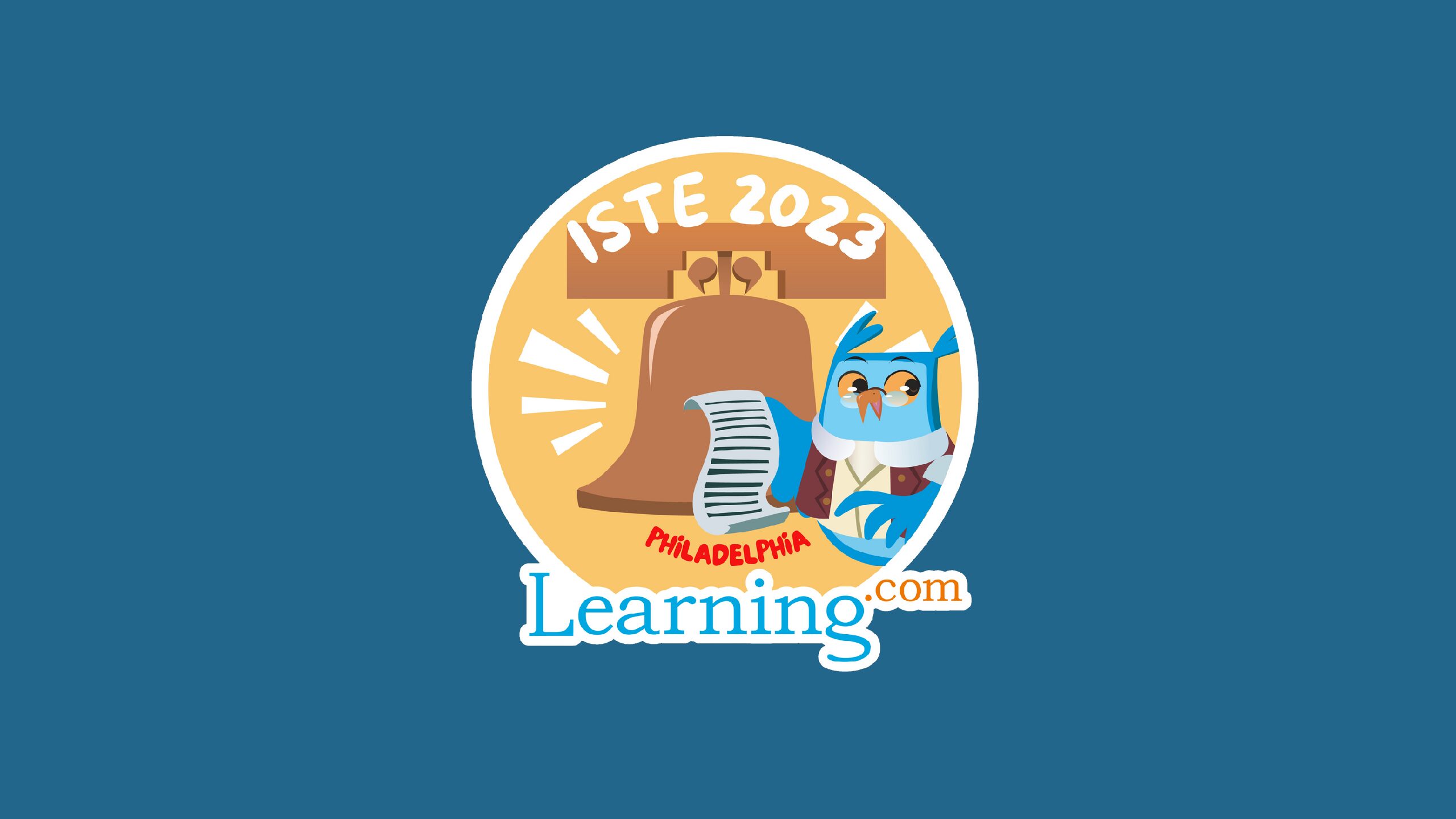Computational thinking has become important to teaching problem solving in education because it empowers students with processes to develop strategic solutions to complex problems, essentially “leveling up” their skills, or creating algorithms that can make future processes more effective. This enables students to take on more complex challenges and prepare for real-world applications.
Decomposition in Computational Thinking
While the process of computational thinking is multifaceted, there is one key to computational thinking that is essential for success: decomposition. Decomposition is the process of breaking a complex task or problem into smaller, more manageable pieces. From this decomposition, students can eliminate unnecessary information, identify patterns and begin the process of identifying which parts of the problem are most important, how to solve or complete each step, and how those parts can be put together for a clear and unified step-by-step solution.
Why is the Decomposition Technique Required in Computational Thinking?
The technique of decomposition is required in computational thinking because it breaks complex tasks into subtasks while developing a sequentially-based understanding of the problem. This allows unnecessary information to be discarded, patterns to be identified, relevant information to be extracted and the process of step-by-step resolution to be defined for a more effective problem-solving process.
By definition, computational thinking is the process of tackling complex problems and finding a clear, step-by-step solution that can be replicated. Decomposition, therefore, is essential to this process as it includes breaking a task into several sub-tasks, helping to align the task to a step-by-step solution.
Another reason decomposition in computational thinking is important is because it allows each subtask to be examined more closely. This not only helps to categorize information as essential or non-essential, but also empowers the problem-solver with a better ability to analyze each specific part of the task or challenge to more effectively develop a reasonable solution.
Examples of Decomposition in Computational Thinking
Below are some real-world examples of utilizing decomposition in computational thinking:
- You have to clean your house. Instead of facing the task as a whole, you practice decomposition by breaking the task into a to-do list with multiple subtasks.
- To build shelves for a storage space, you practice decomposition by measuring the space, creating a blueprint or plan to determine the size of the shelves and the materials you need to accomplish the task. Next, you purchase the supplies and cut the lumber to size, then install one wall of shelves at a time.
- In science, to prove or disprove a hypothesis, you practice decomposition by creating subtasks including background research, observation, generating a hypothesis, determining which variables to test, performing experiments and drawing a conclusion.
Final Thoughts
Consider how often computational thinking appears in your everyday life. Do you naturally use decomposition and computational thinking to resolve a challenge? For more information about computational thinking and how they apply to students, explore some of our most recent articles:
Closing the Digital Divide with Digital Citizenship for Parents
In households that don't have a culture of computer use, it is often children who teach their parents how to accomplish various tasks on the internet. In fact, technology can create anxiety for parents when they feel that their children know much more than they do....
Digital Literacy Curriculum: What is it and why is it important?
Computer lab, typing class, technology workshop — while schools may call the classes by different names, digital literacy curriculum in some variation has been prominent in schools across the nation for several years. But what, exactly, is digital literacy curriculum...
Early Learning in Coding: Teaching Children Coding in Ages 3 and Up
Learning coding at an early age is becoming a priority for parents and educators alike. With research suggesting learning coding at young ages can improve mathematical conceptualization, problem-solving and social skills, the benefits of teaching children coding is...
Five Proven Strategies for Educators to Support Digital Literacy
In a previous article on the importance of media literacy education, we defined digital literacy as the ability to read, analyze, construct and reconstruct ideas in the realm of online spaces. As we gradually transition into a more technologically integrated world,...
In Texas, Big District Makes Big Difference in Digital Skills
Houston Independent School District is the 8th largest district in the U.S. and the largest in Texas. As technology became more thoroughly integrated into education in recent years, the district decided to raise awareness and increase implementation of Learning.com's...
Everything You Need to Get Ready for ISTELive 2023
Summer is here and that can only mean one thing, ISTELive 23 is right around the corner! We can't wait to see everyone in Philadelphia and share the exciting sessions, giveaways and experiences we have in store for you. Here are a few things Learning.com has planned...
The Best Coding Curriculum Uses These Five Strategies
Over the past few years, there’s been a lot of interest in helping students learn to code and equipping them with lifelong skills for future readiness. Not only is coding important for development-related careers, but it also provides critical skills such as...
Making the Most of Summer Professional Development
What does your summer PD look like? Wherever you may be, whatever device you may have, pick professional learning topics that will help you enhance your teaching. Use your summer professional development (PD) time to prepare to meet the needs of your unique students...
The Science of Learning, Memory Science and Your Classroom
It is no secret that the nature of teaching and learning is changing. With rapidly advancing technology, schools are now preparing students for jobs that don’t yet exist. To do so, schools are focusing on the long-term competencies and skills that students will need...
Three Technology Tools to Engage Students with the 5 Cs of Education
Children from a young age are exposed to technology, whether it is gaming on a PlayStation or Nintendo DS, creating content on their phone or tablet, or streaming on their mobile device. Today, we’re expected to integrate technology into everything we do, especially...
Implementing a Successful Digital Literacy Plan
Digital literacy encompasses a range of skills that transform the ways in which students learn, collaborate and digest information. These digital skills include things like computer operations, computational thinking and digital citizenship. By teaching these skills,...
Helping Teachers With Compassion Fatigue
People typically become teachers because they love children and have a passion for educating and helping others. The problem is sometimes teachers find themselves helping too much, often to the detriment of their own health. Because empathy is a core competency in...

Learning.com Team
Staff Writers
Founded in 1999, Learning.com provides educators with solutions to prepare their students with critical digital skills. Our web-based curriculum for grades K-12 engages students as they learn keyboarding, online safety, applied productivity tools, computational thinking, coding and more.













